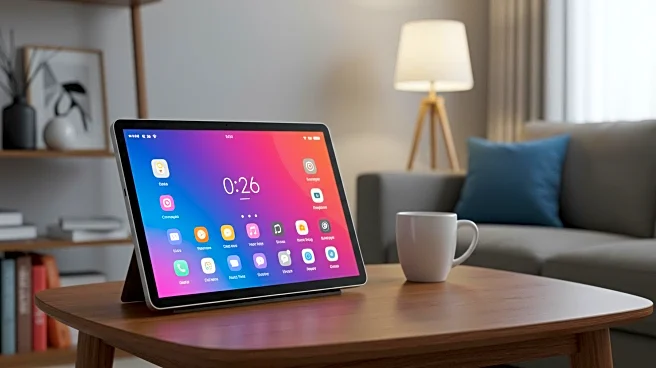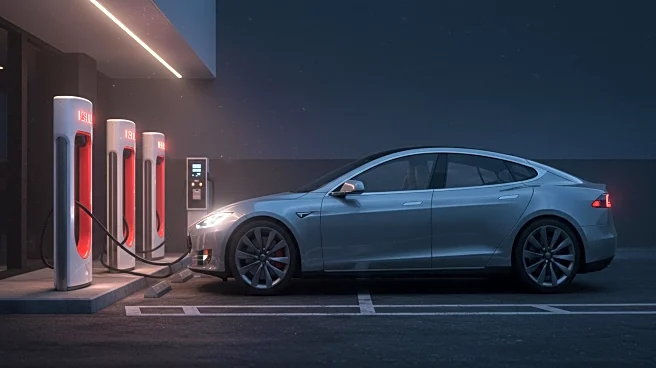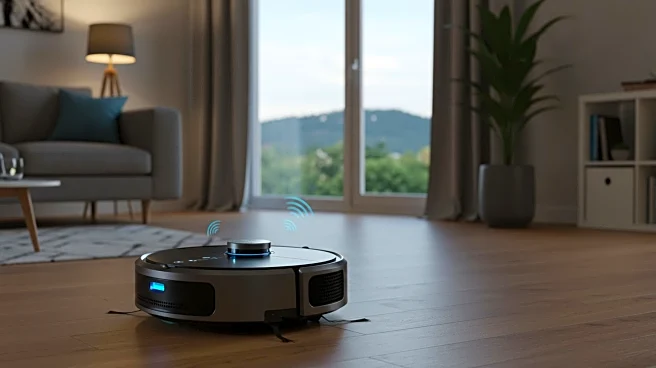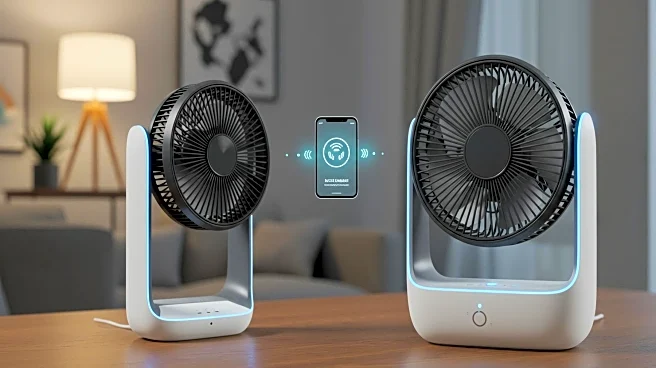What's Happening?
The article provides a comprehensive guide on selecting the best smart display for various home needs. Smart displays, such as Amazon Echo Shows and Google Nest Hubs, offer a range of functionalities including voice assistance, video chatting, smart home control, and media streaming. The guide emphasizes the importance of determining the intended use of the smart display, such as for video streaming, home security, or as a digital photo frame. It also highlights the significance of choosing the right screen size and compatible voice assistant, whether it be Alexa, Google Assistant, or Siri. The article suggests considering the placement of the device in the home, as well as the budget, with prices ranging from $80 to $250.
Why It's Important?
Smart displays are becoming increasingly integral to modern homes, offering convenience and enhanced connectivity. They serve as central hubs for managing smart home devices, providing users with the ability to control lighting, security cameras, and other connected devices through voice commands. The choice of a smart display can significantly impact the efficiency and functionality of a smart home setup. Additionally, these devices can enhance home entertainment experiences by streaming media and facilitating video calls. As smart home technology continues to evolve, selecting the right smart display is crucial for maximizing the benefits of a connected home environment.
What's Next?
As the market for smart displays grows, consumers can expect further advancements in voice assistant technology and integration with other smart home devices. Companies may introduce new models with improved features, such as better audio quality, larger screens, and enhanced AI capabilities. Consumers should stay informed about updates and new releases to ensure they are making the most informed purchasing decisions. Additionally, as privacy concerns around smart devices persist, manufacturers may implement more robust security measures to protect user data.
Beyond the Headlines
The rise of smart displays reflects broader trends in home automation and the increasing reliance on AI-driven technologies. These devices not only offer practical benefits but also raise questions about data privacy and the ethical implications of AI in everyday life. As smart displays become more prevalent, there may be a cultural shift towards more integrated and automated living environments, potentially changing how people interact with technology in their homes.











